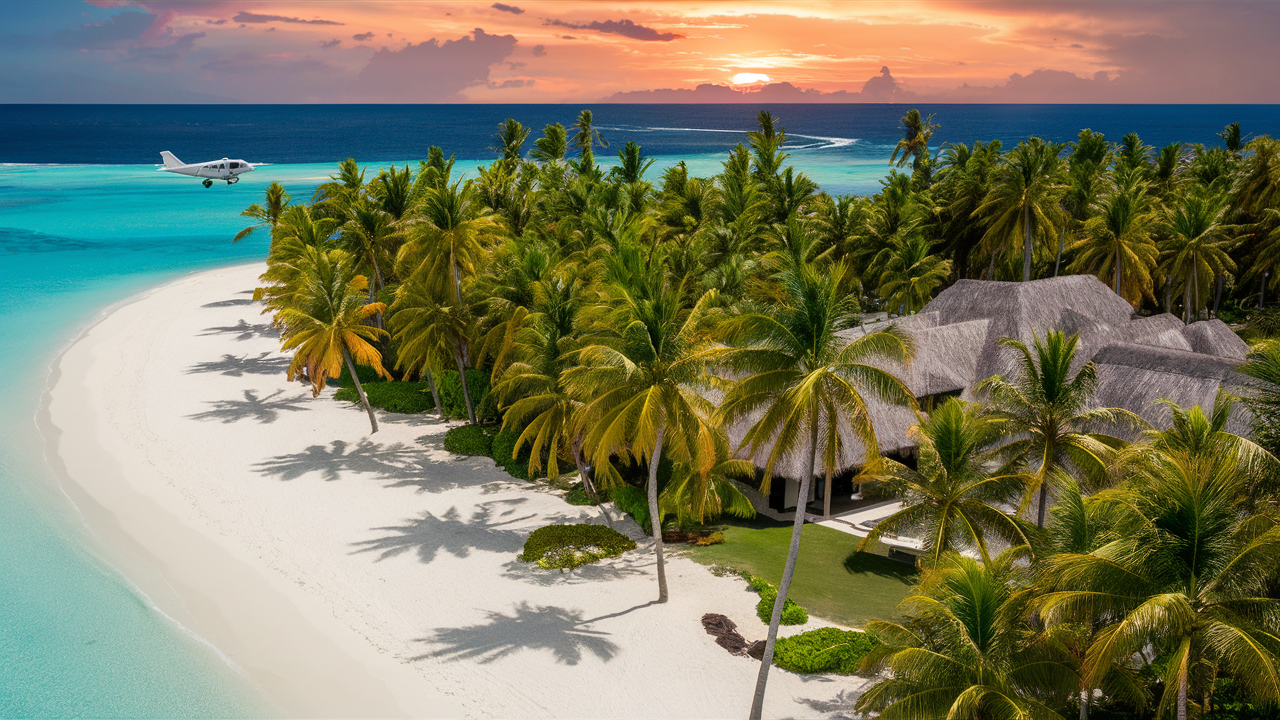What is destination in travel?

It is important to understand the concept of destination in the travel business.
When traveling, a destination is defined as a location that one intends to visit either on a trip or during a holiday. This can include cities, countries, landmarks, regions, islands, cruise ships, resorts, and many others. Selecting the correct destination as part of preparation is a critical factor to consider in any journey. When choosing their traveling destinations, there are many things people may take into consideration.
Types of Travel Destinations
There are several major types of travel destinations:
Tourism attractions include street art, theaters, museums, restaurants, fashion, and other attractions available in cities like Paris, London, New York, and Tokyo. Other interesting cities are also those of small to middle size.
Countries: These are often whole nations, especially for newbies to a particular continent. Some country-wide tourist destinations are Italy, Australia, Peru, South Africa, as well as India.
Landmarks/Attractions: This is a category that falls under location interests; it comprises specific points of interest, for instance, the Statue of Liberty and Eiffel Tower, the Taj Mahal, and the Grand Canyon. As shown, local cities can also enhance or support a landmark attraction.
Areas: Again, an area comprising of geographical areas can also make up a vacation destination, some of which are the Italian Riviera, French Wine Country, Hawaiian Islands, Andes Mountains, and African Safari Parks, among others. A region lets a traveler explore and engage in many activities within a single trip.
Beaches: some of the beautiful beaches are Bali, Santorini, Hawaii, the Caribbean Islands, and Fiji, which are beach islands. Island tourism is based on beach activities, water and marine activities, leisure, and scenery, with a focus on the sea.
Cruise Vacations: These are holidays where the travel itself is the main attraction and where the ship is the accommodation and entertainment. There are two types of cruise ships: those that provide ships bringing passengers to several ports and those that are ships that are themselves destinations with facilities for entertainment, gambling, food, and other forms of entertainment and recreation.
Resorts/Hotels: All-inclusive resorts and resort hotels are specifically for tourists; they include accommodations, services, entertainment, recreation, and relaxation facilities all in one place. Some examples of well-known resort places that attract tourists are Sandals Resorts, Club Med, and Walt Disney World.
A place, therefore, becomes a great destination when all these factors are taken into consideration.
The best destinations have some key qualities that make for an enjoyable, convenient, safe, and memorable travel experience: The best destinations have some key qualities that make for an enjoyable, convenient, and memorable travel experience:
Appeal/Interest: The site, culture, food, recreation, nature, or experiences that are available in the destination must appeal to different types of travelers, whether they are families, couples, backpackers, or adventurers. The wide appeal brings tourists.
Adjacent: The logistics of getting to the location and within the location are also relevant. To access and cater to tourists' needs, destinations require well-connected, easily accessible, and even cheaper means of transport through carways, buses, airports, railways, seaports, taxis, or car-hailing services. Combined transport solutions are most preferable.
Infrastructure/Amenities: Good destinations should have facilities and utilities required for the promotion of tourism, including airports, roads, communication, public and private transport, water and electricity, health facilities, telecommunication facilities, and security facilities. Services such as accommodation, food and beverage, retailing, hospitality, tourism, historical and cultural attractions, recreation, and entertainment enhance visits. Safety and cleanliness are also some of the infrastructures to be considered.
Value/Affordability: One of the most crucial criteria is the delivery of an optimal experience at different price levels. Thus, recreational opportunities, hotel classifications, dining choices, transportation possibilities, and costs of activities are greatest for destinations that attract the greatest number of tourists. Another factor contributing to value is the advantage of currency exchange rates.
Service & Hospitality: A destination benefits from good services offered by restaurants and other eating places, venues such as theaters and performance arenas, tour and transport providers, retail stores, and accommodation facilities. They also help to extend a warm welcome to visitors, which makes the destination more appealing. Lack of good communication or inability to understand a certain language or culture can often lead to visitors being deflected.
Interpretation: brochures, websites, maps, guides, translators, and visitor centers help people plan their trip, navigate through a location, and experience as much as possible. Internet, especially digital information, and WiFi are important.
Distance/Travel Time: Even exotic destinations suffer a lack of tourism if the flight time is too long and if people will not visit for a short break. Some opt for nearer places as it is way better in terms of time, finances, and the tiredness of flying. Transposing culture and experiences might help to overcome the distance.
Recommenders and Social Media: Endorsements, word-of-mouth, and word-of-mouth in social networks provide colorful pictures that create interest among potential consumers. Thus, great destinations are strongly characterized by the reputation for safety, charms, and the ability to offer exclusive things such as exotic food and sights.
Sustainability: Environmentally and socially responsible tourism increases the interest as well. More and more, the consumer chooses to travel to places where the impact that the tourist industry imposes on the environment, history and culture, and cultural and economic value of the community is positive.
Taking all these factors and the traveler's preferences of where to go into perspective helps to make choosing fun places to visit worth the time and effort. It then evolves that a location acquires attributes that are suitable for different categories of tourists to become an important tourist place. Lifestyle activities, including annual adventure, culture, leisure, romance, family, luxury, history, nature, and many other aspects, make people from all corners of the world visit the many travel destinations that are there.
Call us at (833) 902-2090 to secure the best deals on flight tickets today. Don't miss out on unbeatable prices for your next adventure!
